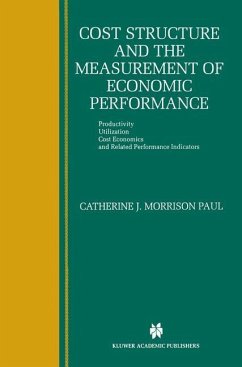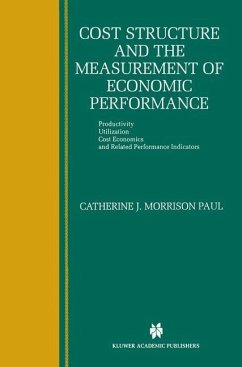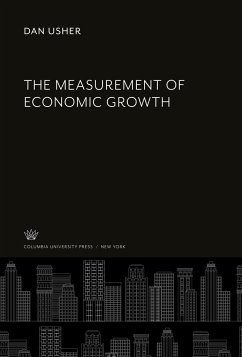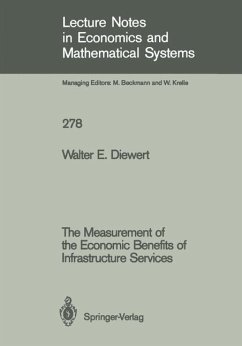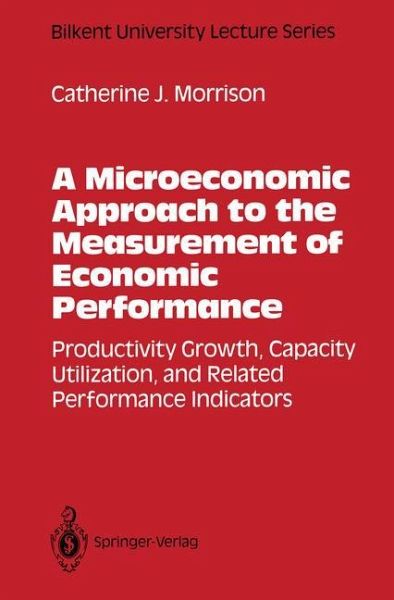
A Microeconomic Approach to the Measurement of Economic Performance
Productivity Growth, Capacity Utilization, and Related Performance Indicators
Versandkostenfrei!
Versandfertig in 1-2 Wochen
39,99 €
inkl. MwSt.

PAYBACK Punkte
20 °P sammeln!
This text is designed to provide a comprehensive guide to students, researchers, or consultants who wish to carry out and to interpret analyses of economic performance, with an emphasis on productivity growth. The text includes an overview of standard productivity growth measurement techniques and adaptations, and data construc tion procedures. It goes further, however, by expanding the tradition al growth accounting (index number) framework to allow consider ation of how different aspects of firm behavior underlying productivity growth are interrelated, how they can be measured con sistently ...
This text is designed to provide a comprehensive guide to students, researchers, or consultants who wish to carry out and to interpret analyses of economic performance, with an emphasis on productivity growth. The text includes an overview of standard productivity growth measurement techniques and adaptations, and data construc tion procedures. It goes further, however, by expanding the tradition al growth accounting (index number) framework to allow consider ation of how different aspects of firm behavior underlying productivity growth are interrelated, how they can be measured con sistently in a parametric model, and how they permit a well-defined decomposition of standard productivity growth measures. These ideas are developed by considering in detail a number of underlying theoretical results and econometric issues. The impacts of various production characteristics on productivity growth trends are also evaluated by overviewing selected methodological extensions and em pirical evidence. More specifically, in the methodological extensions, emphasis is placed on incorporation of cost and demand characteristics, such as fixity and adjustment costs, returns to scale, and the existence of market power, into analyses of productivity growth. These character istics, generally disregarded in such analyses, can have very important impacts on production structure and firm behavior, and thus on economic performance. They also provide the conceptual basis for vii viii PREFACE measures that are often used independently as indicators of economic performance, such as investment, capacity utilization, and profit measures.





